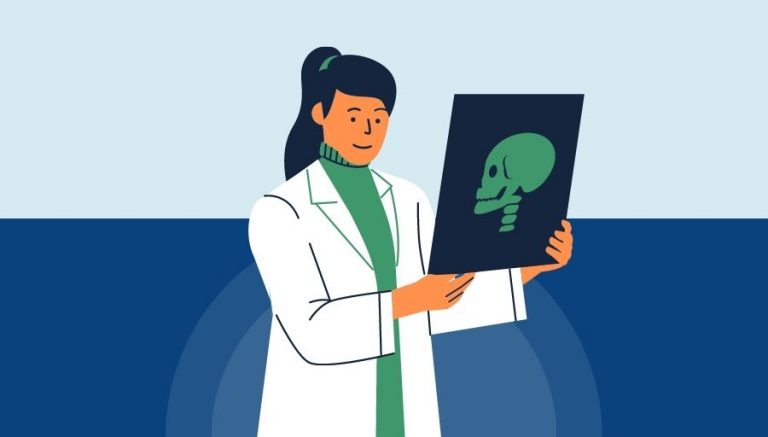How To Use CPT Code 97602
CPT 97602 refers to the non-selective debridement of wound(s) without anesthesia, including wound assessment and instructions for ongoing care. This article will cover the description, procedure, qualifying circumstances, usage, documentation requirements, billing guidelines, historical information, similar codes, and examples of CPT 97602.
1. What is CPT 97602?
CPT 97602 is a medical procedure code used to describe the removal of devitalized tissue from wound(s) through non-selective debridement, without the use of anesthesia. This procedure is essential for assessing the depth of the wound, reducing the risk of infection, and speeding up the healing process. It also aids in providing proper wound care instructions to the patient. The code is reported per debridement session.
2. 97602 CPT code description
The official description of CPT code 97602 is: “Removal of devitalized tissue from wound(s), non-selective debridement, without anesthesia (e.g., wet-to-moist dressings, enzymatic, abrasion, larval therapy), including topical application(s), wound assessment, and instruction(s) for ongoing care, per session.”
3. Procedure
The 97602 procedure involves the following steps:
- Assessment of the wound to determine the extent of devitalized tissue.
- Selection of an appropriate non-selective debridement method, such as wet-to-moist dressings, enzymatic, abrasion, or larval therapy.
- Application of the chosen debridement method to remove devitalized tissue from the wound.
- Topical application of medication or dressing, if necessary.
- Wound assessment after debridement to evaluate the progress of healing.
- Instruction for ongoing care to the patient or caregiver, including proper wound care techniques and follow-up appointments.
4. Qualifying circumstances
Eligible recipients of CPT code 97602 services include patients with wounds containing devitalized tissue that requires removal to promote healing. This may include patients with chronic wounds, such as pressure ulcers, diabetic ulcers, or venous stasis ulcers, as well as those with acute wounds, such as surgical wounds or traumatic injuries. The procedure can be performed by non-physicians, such as physician assistants, nurse practitioners, wound care nurses, or physical therapists, who have licenses to perform non-selective debridement.
5. When to use CPT code 97602
It is appropriate to bill the 97602 CPT code when a licensed healthcare professional performs non-selective debridement of a wound without anesthesia, including wound assessment and instructions for ongoing care. The code should be used for each debridement session, regardless of the number of wounds treated during that session.
6. Documentation requirements
To support a claim for CPT 97602, the following information should be documented:
- Patient’s medical history and relevant diagnoses.
- Physical examination findings, including the location, size, and depth of the wound(s).
- Description of the debridement method used and the rationale for its selection.
- Details of the debridement procedure, including the amount of devitalized tissue removed and any complications encountered.
- Wound assessment after debridement, including any changes in size, depth, or appearance.
- Instructions provided to the patient or caregiver for ongoing care, including wound care techniques and follow-up appointments.
7. Billing guidelines
When billing for CPT code 97602, it is essential to follow the appropriate guidelines and rules. These may include:
- Using the correct CPT code for the specific debridement method performed.
- Ensuring that the healthcare professional performing the procedure is licensed to do so.
- Documenting all necessary information to support the claim, as outlined in the documentation requirements section.
- Submitting the claim with any applicable modifiers, such as -59 for distinct procedural services or -76 for repeat procedures.
8. Historical information
CPT 97602 was added to the Current Procedural Terminology system on January 1, 2001. Since then, there have been several updates to the code description, with the most recent change occurring on January 1, 2017.
9. Similar codes to CPT 97602
Five similar codes to CPT 97602 and how they differ are:
- CPT 97597: Selective debridement of wound(s) without anesthesia, involving the removal of specific devitalized tissue types.
- CPT 97598: Additional selective debridement of wound(s) without anesthesia, for each additional 20 square centimeters of wound surface area.
- CPT 11042: Debridement of subcutaneous tissue, involving the removal of devitalized tissue from deeper layers of the skin.
- CPT 11043: Debridement of muscle and/or fascia, involving the removal of devitalized tissue from muscle and fascial layers.
- CPT 11044: Debridement of bone, involving the removal of devitalized bone tissue.
10. Examples
Here are 10 detailed examples of CPT code 97602 procedures:
- A patient with a pressure ulcer on the sacrum undergoes non-selective debridement using wet-to-moist dressings.
- A diabetic patient with a foot ulcer receives enzymatic debridement to remove devitalized tissue and promote healing.
- A patient with a venous stasis ulcer on the lower leg undergoes abrasion debridement to remove nonviable tissue.
- A patient with a surgical wound infection has non-selective debridement using larval therapy to remove devitalized tissue and reduce bacterial load.
- A patient with a traumatic injury to the arm undergoes non-selective debridement with wet-to-moist dressings to remove debris and devitalized tissue.
- A patient with a burn wound on the hand receives non-selective debridement using enzymatic agents to remove nonviable tissue and promote healing.
- A patient with a non-healing wound on the ankle undergoes abrasion debridement to remove devitalized tissue and stimulate granulation tissue formation.
- A patient with a pressure ulcer on the heel receives non-selective debridement using larval therapy to remove nonviable tissue and reduce the risk of infection.
- A patient with a diabetic ulcer on the toe undergoes non-selective debridement with wet-to-moist dressings to remove devitalized tissue and promote wound healing.
- A patient with a venous stasis ulcer on the calf receives enzymatic debridement to remove nonviable tissue and stimulate the healing process.


